Histamine poisoning usually mild, self-resolving
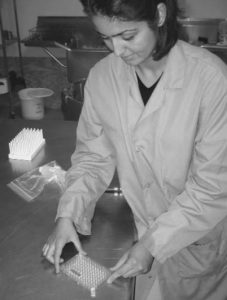
As technology advances, the number of seafood safety tests in the United States is increasing because of pressure from both the government and the private sector. Part of this increase may be due to the litigious U.S. society and the nature of the tort system.
Authors Hiromitsu Kumamoto and Ernest Henley found that product liability insurance in the U.S. is 20 times more expensive than in Europe and 15 times more expensive than in Japan. Perhaps for this reason, companies in the food system demand safety tests from their suppliers.
The ability to show passed governmental inspections, adhered-to HACCP plans, and other food safety tests can reduce liability awards, according to U.S. Department of Agriculture economist Jean Buzby. However, she examined U.S. food liability awards and concluded that current legal incentives to produce safer food are weak.
Regardless, more tests are being done. However, firms will not likely undertake food safety precautions beyond the point where the costs exceed the benefits of the tests.
Approved suppliers
Now interfirm negotiations over seafood safety tests are becoming part of the sales process. In addition to governmental inspections, seafood suppliers increasingly find their records reviewed by big food service companies like Sysco or U.S. Food Service. These companies send food safety officers to inspect seafood suppliers’ plants and HACCP records. Sometimes the officers ask for safety tests beyond what the government requires.
The supplier firms must comply in order to gain “approved supplier” status. Supplier firms take on the costs of the tests in order to gain such favored status. Tests are only one of the requirements necessary to gain approved status.
Who pays for tests?
Whether supplier firms can pass the costs of the tests along depends on how sensitive the quantity demanded is to changes in price. Generally for food items, quantity demanded is not too sensitive to price changes. This insensitivity, which economists call inelastic demand, generally means that a lion’s share of additional safety test costs can be passed along.
However, that is only the case where consumers, at whatever level, want the test and are willing to pay for it. If consumers aren’t convinced of the value of the test, the demand for the tested product becomes “elastic” when compared to the untested product. Be they restaurant chefs or retail customers, consumers will substitute into untested product unless the supplier firm absorbs the cost of testing. In an industry where cutting-room margins are knife-thin, supplier firms may eventually decline to do tests unless they confer an apparent advantage.
Passing information down the marketing channel about how testing improves safety is difficult. If a food service company’s quality assurance program becomes part of the quality image of the brand, testing programs are more likely to be successful. Tests become part of the bundle that assures quality, and some customers are willing to pay for them. The long-term success of private testing programs turns on such questions.
Scombroid fish poisoning
Among the requested tests are ones to measure the histamine levels in scombroid fish. Scombroid (histamine) fish poisoning is a common seafood illness with an annual average of 85 cases reported over the last 10 years, according to the U.S. Centers for Disease Control. Reporting of individual illnesses is not required, and although outbreaks involving two or more people call for reporting, it does not always occur. This is particularly true since histamine poisoning is usually mild and self-resolving.
Seafood histamine poisoning is not life-threatening. Its symptoms, which include nausea, vomiting, diarrhea, tingling, and burning sensations in the mouth, appear quickly and last only a few hours. Normally, treatment is unnecessary, but antihistamine drugs can provide relief.
The largest portion of the reported illnesses came from tuna consumption (Table 1). While the vast majority of tuna is capture caught, they are also being raised in net pens at a number of sites around the globe. Obviously, if food service companies want to focus on fish histamine poisoning, tuna is a good place to start.
Kauffman, Scombrotoxin illnesses attributed to three fish species, Table 1
| Year | Tuna | Bluefish | Mahi Mahi |
|---|---|---|---|
| 1992 | 110 | 12 | |
| 1993 | 18 | ||
| 1994 | 52 | 11 | |
| 1995 | 56 | 29 | |
| 1996 | 31 | 2 | 9 |
| 1997 | 67 | 3 | 2 |
| 1998 | 89 | 5 | 6 |
| 1999 | 30 | 12 | |
| 2000 | 32 | 8 | |
| 2001 | 35 | 28 |
Cost analysis

How expensive are histamine tests on a per-weight basis? A cost analysis was done using commercial test kits from a U.S. company that manufactures two types of histamine tests. The company’s “precise” test gives histamine levels in parts per million and is often used in university or commercial labs. Its standard test gives a histamine reading above or below either 25 or 50 ppm. This “above or below” test is used more often by the seafood industry.
For the purpose of cost analysis, tuna carcass weights were assumed to be 22.7 kg with a 56 percent loin yield. Capital costs were amortized over five years. Other assumptions necessary for the calculations are available from the author.
Only the costs of the test kits and the associated analytical equipment were used in the cost analysis shown in Table 2. Labor and other costs were not included.
The chart shows testing costs per weight of loin processed if every tuna carcass is tested, or every third or sixth carcass is tested. Labor to do the tests would be a significant additional cost.
One company familiar to the author chose to go with the standard test and is now spot-checking its tuna suppliers on a monthly basis to maintain its approved supplier status. In over a year of testing, no carcasses with elevated histamine levels were found.
This level of testing does not assure there are no histamine fish coming through the system, but does let suppliers know the results of the handling procedure are double-checked. After all, proper handling, not testing, prevents histamine poisoning.
| Precise | Standard | |
|---|---|---|
| Every fish | $.32 | $.20 |
| Every third fish | $.11 | $.07 |
| Every sixth fish | $.05 | $.03 |
Preventing elevated histamine levels
Elevated histamine levels are relatively easy to avoid. Proper icing prevents histamine production. Although time/temperature relationships for elevated histamines are not the same for all fish, temperature abuse must occur to produce toxic levels of histamines.
To produce toxic levels of histamine in bluefish, Virginia Tech scientists had to hold the fish at 15 degrees C for three days. Without knowing the test histamine levels, everyone on a test panel declined to eat the fish after a visual inspection. After two days, the fish reflected the borderline actionable level of 50 ppm histamine. Bluefish held at 10 degrees C were not at actionable levels after five days, and their histamine counts were not growing. Both of these tests subjected fish to temperatures above normal holding temperatures.
If fish are brought to 10 degrees C within six hours of capture and then held below 4 degrees C, histamine production should not reach actionable levels. The actionable level is thought to be one-tenth the toxic level.
Because of the high temperatures required to produce histamine poisoning, most but not all reported incidents occur in warmer climates. Hawaii, USA, has the highest incidence, with many incidents reported from sport-caught fish. However, concern should not be limited to just warmwater areas, since quality fresh tuna is a high-value product that can be flown around the world.
Conclusion
Given the relative ease with which histamine poisoning can be prevented, is testing the best way to go? Is the marginal benefit from histamine testing greater than if the same money were spent on handling training?
Laboratory tests are understandable and nicely quantifiable, so we like them. But the tests themselves don’t prevent histamine poisoning. Proper handling prevents histamine poisoning. Certainly, given the costs of the tests and the relatively limited costs of the illness, testing of all carcasses could not be justified.
The case can be made that the current system is iterating toward one marginally balanced between testing, handling records, and correct handling itself. That is, there is just enough spot testing done to keep the system honest, with most of the effort expended on safe handling procedures.
(Editor’s Note: This article was originally published in the August 2004 print edition of the Global Aquaculture Advocate.)
Now that you've reached the end of the article ...
… please consider supporting GSA’s mission to advance responsible seafood practices through education, advocacy and third-party assurances. The Advocate aims to document the evolution of responsible seafood practices and share the expansive knowledge of our vast network of contributors.
By becoming a Global Seafood Alliance member, you’re ensuring that all of the pre-competitive work we do through member benefits, resources and events can continue. Individual membership costs just $50 a year.
Not a GSA member? Join us.
Author
-
Daniel Kauffman, Ph.D.
Seafood Business Specialist
Virginia Tech
Virginia Seafood AREC
102 South King Street
Hampton, Virginia 23669 USA[117,100,101,46,116,118,64,97,109,102,102,117,97,107,100]
Tagged With
Related Posts
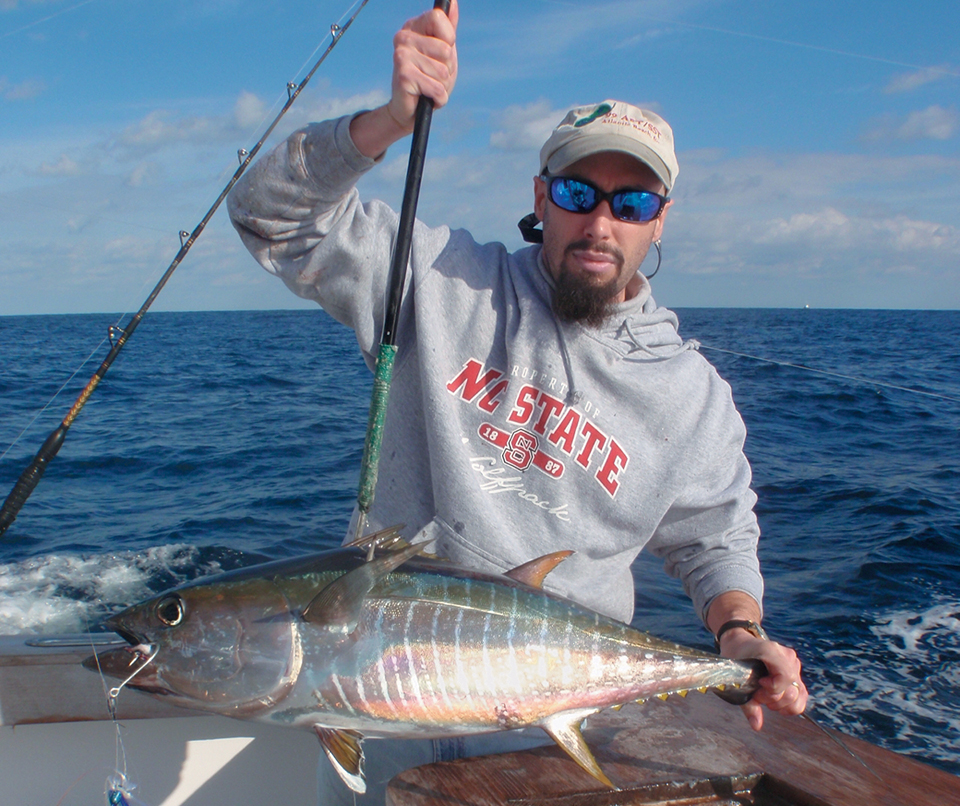
Intelligence
Detection of histamine-producing bacteria in fish
Methods for analyzing histamine in fish, which causes many seafood-related illnesses, include test kits and high-performance chromatographic liquids.
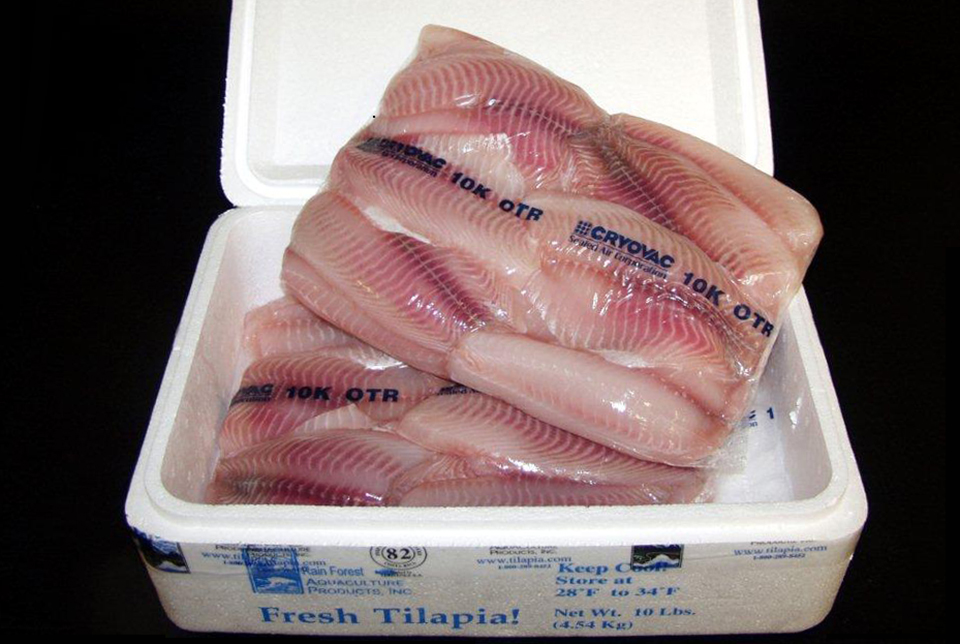
Intelligence
An examination of seafood packaging
Some substances can migrate from plastics and other seafood packaging materials into the product. Even if the substances are not harmful, they can affect the flavor and acceptability of the food.
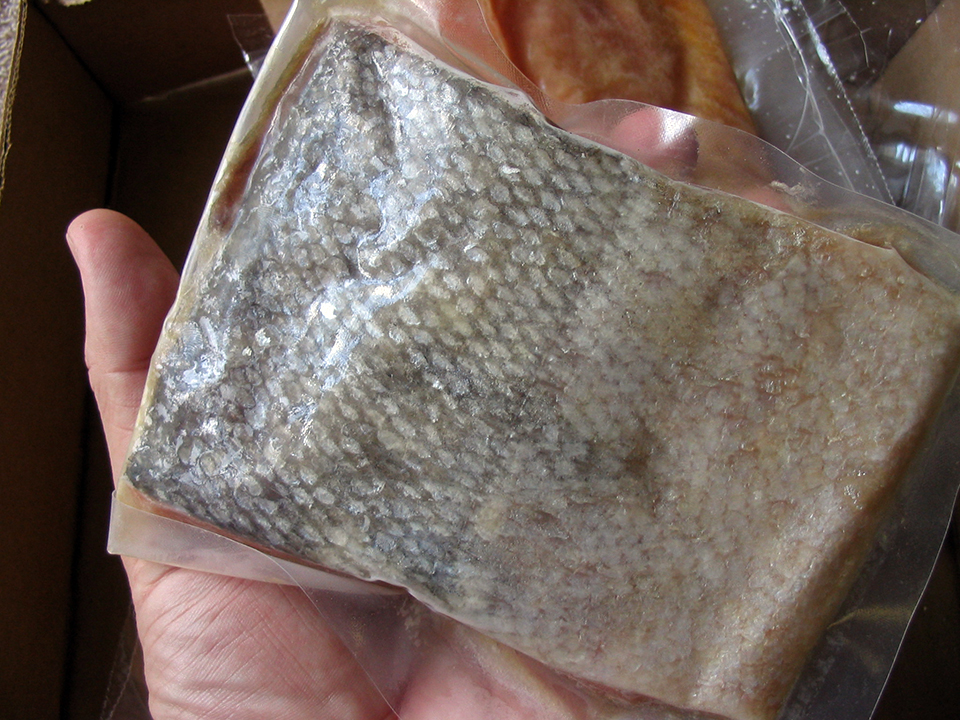
Intelligence
Enzymes in seafood, part 2
The most important factors in the loss of quality in seafood are nucleotide catabolism and glycolysis. The rates and pathways of nucleotide degradation vary with species and muscle type.
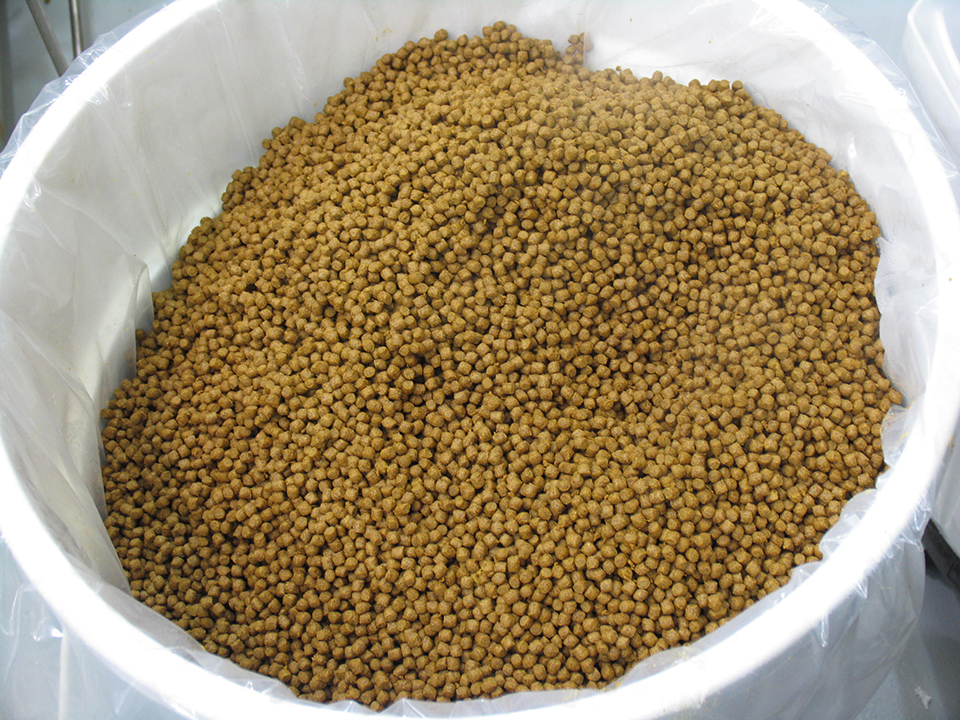
Intelligence
Off-flavors in aquaculture products, part 3
Off-flavor compounds produced by low-molecular-weight amine compounds present in fish are degraded into ammonia or other nitrogenous compounds during storage.


